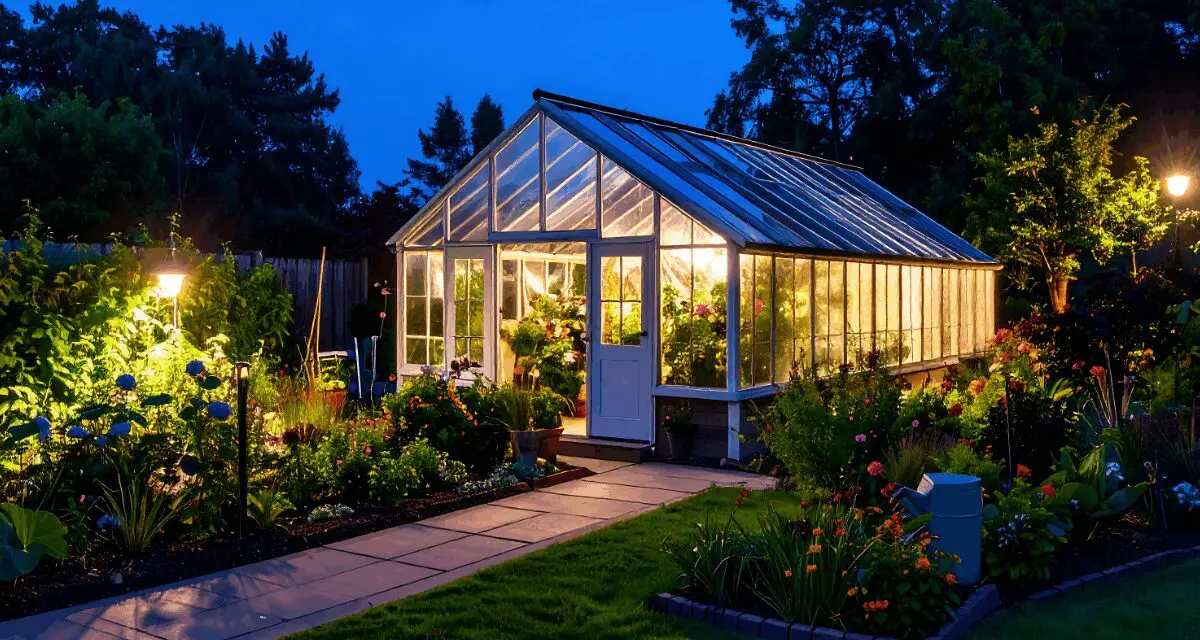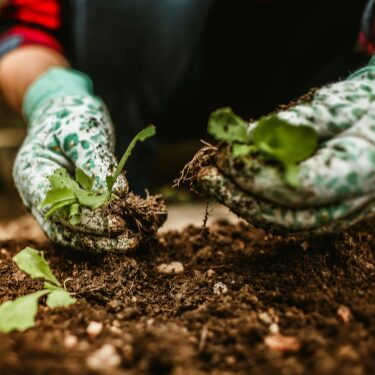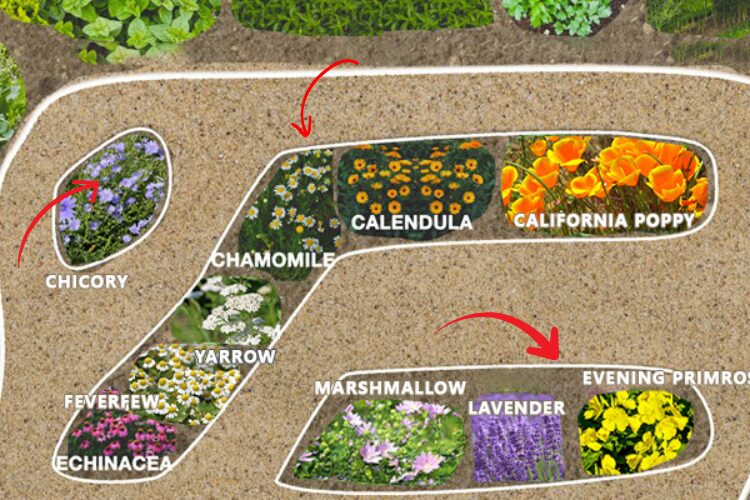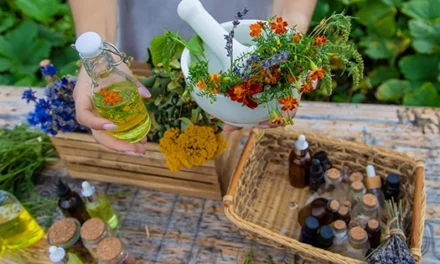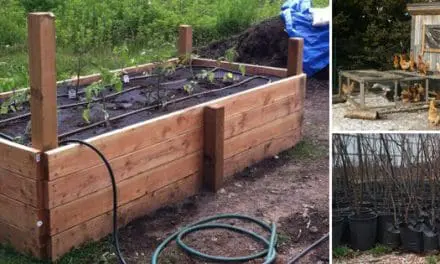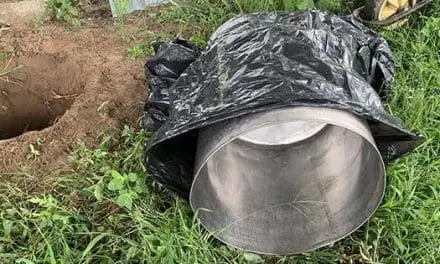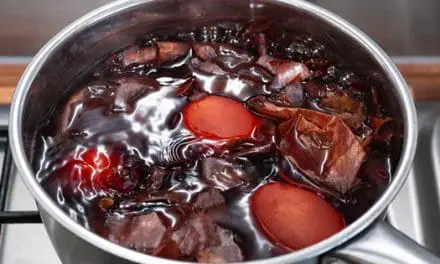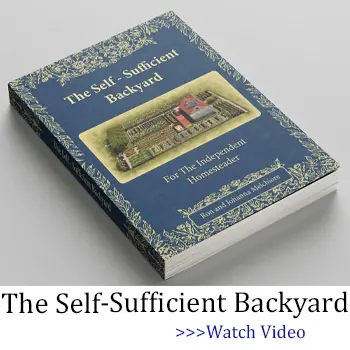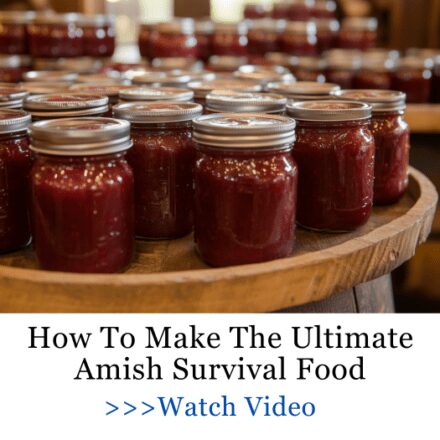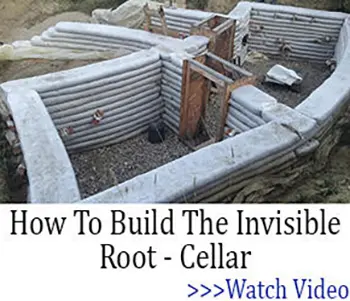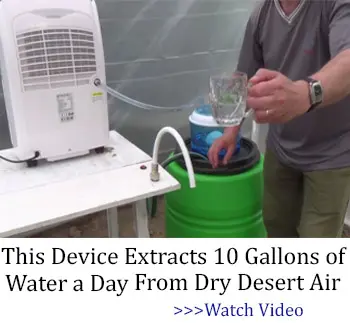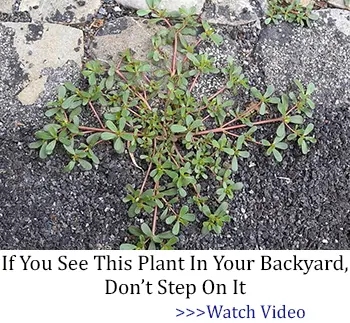For most of us, morning and afternoon are prime time for gardening. Those of us who have jobs during the day usually get out there early in the morning or after work or dinner or weekends, but few of us think about gardening or watering at dusk or after dark.
What comes as a surprise to many is that planting and watering at night has unique benefits for plants, from flowers to vegetables and fruits. This is especially true in latitudes with hot climates. That’s also a relief for the gardener. Here are some of the telegrams that support dusk and night-time gardening:
√ Better Water Retention and Absorption
The hot afternoon sun contradicts the concept of watering.
The soil is warm if not hot and much of the water evaporates when the sun’s out. Dusk or night-time don’t cause as much evaporation especially when there is no direct sunlight striking the ground.
This also gives the plants extra time to absorb the water into their root system before morning sunrise. The end result is less watering which not only can keep your plants healthier, but save money if you have a municipal water bill.
√ Reduce Plant Stress
Plants can get shocked by a blast of cold water in the heat of the day. The roots are particularly vulnerable as the black dirt absorbs more heat and raises the ground temperature. Temperatures cool as it gets dark and darker and so does the soil. This allows plants to hydrate and recover from the heat of the day with less stress on the overall plant.
√ A Safe Time to Plant
Pollinators like honeybees, wasps, hornets and bumblebees are necessary in any garden to pollinate plants so they bear fruit and seeds. However, getting on your hands and knees with the bees and the wasps isn’t always the best idea.
Pollinators are few and far between at night and so are the stings that come with crawling around the blossoms with them. It’s not only a great time for planting but for harvesting, treating plants with fungal sprays and, of course, watering.
√ Help the Night Bloomers
Some flowers like jasmine, moonflowers, and evening primrose love attention at night. They’ve evolved to bloom at night and any care and feeding and watering at night allows them to thrive and do their best with their natural, late night blooming cycle. They’ll also emerge healthier in the morning.
√ Help the Medicinals
Some medicinal herbs actually do better with a little night-time attention. Evening primrose opens its flowers after dark and stores oils that help with skin and hormone health, so giving it water and care at dusk keeps it strong and productive. Chamomile likes the cooler evening air, which helps it build the compounds that calm digestion and help with sleep. Lavender holds onto its soothing aroma and stress-relieving oils when it isn’t stressed by the hot sun, making evening watering and pruning the perfect time to tend it. A simple session in the garden after sunset isn’t just easier for you, It can actually be better for the plants, and for all the teas, salves, and remedies you’ll make from them.
What I did was reserve a small spot in my backyard only for growing medicinal herbs I am going to use to make my poultices. I found a great kit a while ago with 4,818 high-quality, NON-GMO seeds packaged in the US and put together by a top-trusted herbalist. You can turn them into hundreds of powerful natural remedies without spending a dime at the pharmacy anymore. Here is the link of where I got it from.
√ Deny the Pests
Insect pests are very active in a garden during the day. Moisture attracts them and hydrates them. This includes beetles, aphids and other common garden pests. They’re less active at night and some actually flee the garden. Watering at night denies them the wet, humid conditions they favor. Let your garden turn into a desert during the day and oasis at night and the plants will be happier than any bug in the garden.
√ Stay Cool
Gardening in the heat of the midday sun can be brutal. Sweat gets in our eyes, sunburn blisters our neck, dehydration sets in and it just takes the joy out of gardening. This can be particularly challenging for older gardeners and especially for children anxious to help mom, dad or grandpa and grandma in the garden. Gardening at dusk or at night keeps everyone cool and comfortable.
Night-time or dusk is also a safer time for the heavy work like planting, extensive weeding and even harvesting. Watering is easy (but there are some tricks and tips we’ll cover in a bit), but digging and planting can take its toll in the heat of the day.
Homesteader’s Night Gardening Techniques
Working the garden after dark isn’t a new idea. Homesteaders have done it for generations to make the most of cooler temperatures and natural cycles. Here are a few time-tested methods that pair perfectly with night-time gardening.
Lunar Gardening
Old-time farmers often planted and watered according to the phases of the moon. They noticed that sap and moisture in plants seemed to rise and fall just like the tides. During the waxing moon (when it’s growing toward full), the pull of gravity draws moisture upward, making it a good time for leafy crops like lettuce, spinach, and herbs. During the waning moon (after the full moon), moisture moves downward into the soil, which favors root crops like carrots, beets, and potatoes.
If you’re already gardening at dusk, it’s easy to keep an eye on the moon and plan your planting schedule around it.
Mulch and Thermal Mass
Night-time watering holds more value when the soil can keep that moisture in place. A thick layer of mulch, like straw, grass clippings, or wood chips helps trap the cool evening dampness and protect the roots from temperature swings.
Old homesteaders also used flat stones or bricks between rows to hold the day’s heat and release it slowly through the night. That steady warmth kept young plants from getting chilled after dark and helped reduce evaporation the next day.
Gravity-Fed Irrigation
Before garden hoses and timers, many homesteads relied on simple gravity-fed irrigation. A rain barrel placed on a raised stand can water an entire row of plants through a soaker hose overnight. The steady, gentle flow sends water directly to the roots without wasting a drop. It’s a quiet, low-tech system that saves time, water, and effort, and it still works as well today as it did a hundred years ago.
Night-Time Gardening Tools
There’s a couple of obvious things to make your night-time gardening easier. Here are the basics.
- A headlamp. Preferably a rechargeable LED headlamp. They’re inexpensive and some even clip onto a hat. More expensive models have an adjustment to flood an area with light or pinpoint it to a specific spot.
- White gardening gloves. White gloves are easier to see at night. Your headlamp always helps but in heavy cover it helps to know where your hands are especially when trying to pull a weed in the dark.
Night-Time Gardening Fails
It might be a good idea, but mistakes can be made. Here are some of the night-time gardening fails to avoid.
Wetting the Leaves
There’s always the potential for fungal growth especially on the leaves of most plants. Watering over the top of plants is not a good idea.
The leaves will be soaked with water droplets and any fungus unseen beneath a leaf will go into overdrive at night. The best solution for night-time watering are soaker hoses embedded in the ground. They drip water at ground level directly to the roots leaving the leaves dry.
One tip with a soaker hose is to consider a timer on your outdoor, water spigot. You don’t want to fall asleep with the hose on all night. It will flood your garden and will do you no favors if you pay a water bill.
Another option is to use a watering wand directed towards the base of the plants close to the ground. Switch it off as you move around so you don’t hit the leaves.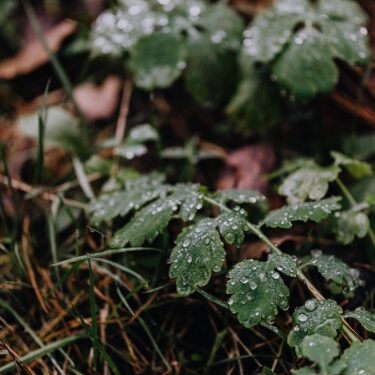
You could also consider watering at very early dawn just before the sun comes up over the horizon. Early mornings have low amounts of direct sunlight, and the plants will have time to absorb the water before the sun starts to strike the garden. This could be a good option for anyone who has put in a long day at work or has to get the kids to bed and just don’t feel like pulling a night shift in the garden.
The ideal time to water is just after sunset. You can easily see what you’re doing and if any water gets on the leaves they have time to dry before dark. The telegram across it all is to just try to avoid the hot, mid-afternoon sun.
Save the Weeds for Morning
If you’re out at night planting or watering and spot a stray weed, pull it. But if you’re out to do some major weeding you might want to wait until the sun comes up in the morning. Even with a headlamp you might pull some good plants with the bad. It’s also tempting to think that a flood light on the garden will help, but a floodlight casts hard shadows making it hard to distinguish the weeds from the plants you want to keep. Stick with the headlamp for planting and watering and try to delay the weeding to morning or at least right after sunset.
You Can Still Garden During the Day
Watering is the big challenge in daylight. If you want to plant something new, harvest and definitely weed in the garden you can obviously work in the garden during the day. Watering is the primary consideration and if there’s one thing you do at night in the garden, watering is the most important thing to consider.
5 Forgotten Soil-Revival Methods That Can Save Your Harvest
How to Collect Clean, Drinkable Water from Plants (Video)
How to Water Your Plants When You’re Away
DIY Self-Feeding Keyhole Garden
Asparagus – Where to Plant: Complete Location Guide for Growing Success

